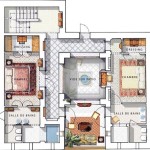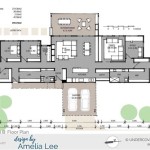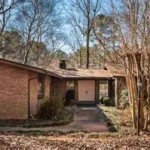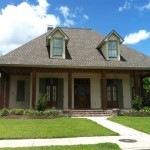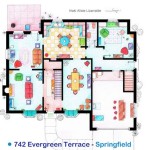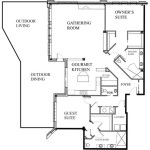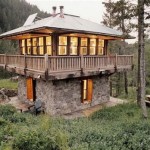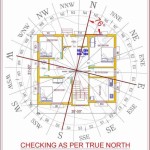House Plans For Homes Under $100k
Building a dream home doesn't always require a hefty budget. Careful planning and smart design choices can make homeownership a reality for those working with a budget under $100,000. This article explores various house plan options and cost-saving strategies for building a comfortable and functional home without breaking the bank.
One of the most significant factors influencing construction costs is the size of the home. Smaller square footage translates to lower material costs and labor expenses. Compact house plans, including tiny homes, cottage designs, and small single-story layouts, offer excellent opportunities for affordable construction. These plans prioritize efficient use of space, often incorporating multi-functional areas and minimizing wasted square footage.
Tiny homes, typically under 400 square feet, represent the most compact and budget-friendly option. These designs often prioritize mobility and minimalist living, making them suitable for individuals or couples seeking a simplified lifestyle. Cottage-style homes offer slightly more space, usually between 700 and 1,200 square feet, and frequently feature charming architectural details and cozy living spaces.
Small single-story homes provide a practical and affordable option for families. Ranging from 800 to 1,500 square feet, these designs often include two or three bedrooms and one or two bathrooms. Open floor plans can create a sense of spaciousness and allow for flexible furniture arrangements.
Choosing the right materials is crucial for staying within budget. Opting for readily available and locally sourced materials can significantly reduce transportation costs. Standard lumber dimensions minimize waste and streamline construction. Exploring alternative materials, such as concrete blocks or shipping containers, can also offer cost-effective building solutions.
Prefabricated or modular construction methods present another avenue for affordable home building. These methods involve constructing sections of the home in a factory setting, then transporting and assembling them on-site. Factory-controlled conditions minimize weather delays and often result in higher quality construction and reduced labor costs.
Simplifying the design and avoiding complex architectural features contribute to cost savings. Standard rooflines, rectangular footprints, and minimal ornamentation reduce material usage and labor requirements. Focusing on functionality rather than elaborate aesthetics can result in a beautiful and affordable home.
DIY projects offer substantial opportunities to reduce labor costs. Tasks such as painting, flooring installation, and landscaping can be undertaken by homeowners with the necessary skills and time commitment. Careful planning and research are crucial for successful DIY projects, ensuring proper execution and avoiding costly mistakes.
Partnering with experienced local contractors familiar with affordable building practices is essential. These professionals can offer valuable insights into cost-effective materials and construction techniques. Obtaining multiple bids from reputable contractors allows for comparison and ensures competitive pricing.
Thorough research and careful planning are paramount for successful budget-conscious home building. Exploring online resources, attending home shows, and consulting with building professionals can provide valuable information and inspiration. Understanding local building codes and regulations is crucial for ensuring compliance and avoiding potential issues.
Energy-efficient design features can contribute to long-term cost savings. Proper insulation, energy-efficient windows, and energy-star appliances reduce utility bills and enhance the overall comfort of the home. Incorporating passive solar design principles, such as strategically placed windows and overhangs, can further optimize energy efficiency.
Choosing a suitable location significantly impacts the overall cost of building a home. Land prices vary considerably depending on location and accessibility to utilities. Rural areas often offer more affordable land options compared to urban or suburban areas. However, factors such as commuting distance and access to amenities should be carefully considered.
Financing options for homes under $100,000 may include conventional mortgages, FHA loans, or USDA loans. Exploring various lending institutions and comparing loan terms is crucial for securing the most favorable financing arrangements. Working with a qualified mortgage broker can streamline the loan application process and help secure the best possible rates.
Building a home for under $100,000 requires careful planning, smart design choices, and a commitment to cost-effective building practices. By prioritizing functionality, exploring alternative materials, and leveraging DIY opportunities, building a comfortable and affordable dream home is an achievable goal.

Beautiful Prefab Homes Under 100k Available Now Solar House Plans Prefabricated Houses

House Plans That Cost 100k To Build Google Search Ranch Style Country Homes

Plan 16510ar Solar Design Meets Country Living Small House Floor Plans

Prefab Homes Top Designs Under 100k Jjchouses

Pin On House Plans

Prefab Homes Top Designs Under 100k Jjchouses

Prefab Homes Top Designs Under 100k Jjchouses

Best Prefab Homes Under 100k

Our Favorite Prefab Homes Under 100k Ecoprefabs Com

Build A New 3 Bedroom Home For 100k

